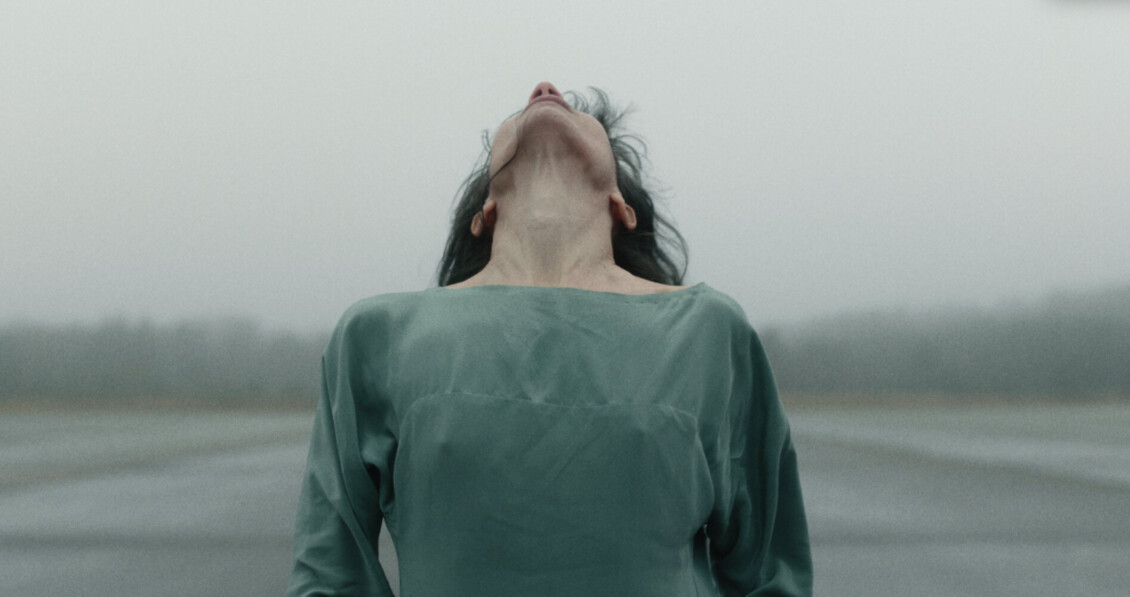Despite all the limitations and disadvantages, we have to admit there are some advantages to it as well, such as the bonanza of abilities and skills in mastering new technologies, the convergence of film and technology jobs with the world of arts, potentially global reach of artistic productions and – let’s say it – bigger space for production in terms of time.
Dance and movies have always been on good terms – we may say that these two artistic disciplines basically fascinate each other. Yet they do not have time for each other in “normal” pragmatic times. The pandemic has offered plenty of it. The world in the pandemic has not ceased to dance, it only invited a camera as the audience. And some results are truly worth seeing.
Several remarkable Czech films have recently premiered in the dance for camera genre. The shooting took place during the pandemic, which caused a lot of complications for the crews – to have the crew under control as far as the virus infection is concerned, yet we have encountered exceptional motivation, sufficient time, and availability of locations that would not have been available under normal circumstances.
420PEOPLE company premiered three films on Facebook and were part of the European Clash! project. The movie Orígí by artistic director Václav Kuneš and Tomáš Vlček illustrates the dance virtuosity of various dance styles and techniques with the point of natural “bare originality” of all dances. Marek Partyš’s film Through Glass with Sylva Šafková’s choreography holds the mirror up to the distorted and uncomfortable reality. It employs the magic associated with dance in nature and the constricted metaphor to surpass one’s limits. The third film Ohně stroje is close to a comedy, which is rather unusual in a dance movie. The storyline deals with a casting and a tired casting director performed by the actor of the National Theatre in Prague David Prachař. The actors come with their numbers, hypnotizing the director with their performances and carrying him to their world of magic. The film was directed by famous Czech director and cameraman Jaroslav Brabec, the author of the storyline and choreography is Václav Kuneš. The film stars dancers of 420PEOPLE – Simona Machovičová, Fanny Barrouquére, Filip Staněk, Francesca Amante a Václav Kuneš.
The original idea of the site-specific performance Ephemera that should have taken place in the functionalist Lucerna palace was translated into a movie due to the introduction of strict pandemic restrictions. It is a production of Farm in the Cave directed by Viliam Dočolomanský. The movie offers a dark journey through floors of the building that is vertically connected by a paternoster – a lift you can get on and off as you go. The camera is flowing through the floors and records minor situations with special characters residing in the strange house. Dočolomanský uses his symptomatic style to tell a story about the world where insidiousness, exhaustion, and manipulation dominate.
The Dance Film Festival produced two movies that transformed the stage pieces into films. The first one was Cécile Da Costa’s solo performance Roselyne, the second one was Lenka Vagnerová’s choreography Dark Horse – a solo for dancer Fanny Barrouquére.
Roselyne is a story of a woman who has forgotten to live her life as she kept showing consideration for others. Young film director Tereza Vejvodová, who has shot several movies in dance for camera (Servant, 2018 and Delimination, 2019) respected the stage version.
The film crew led by director Tomáš Polák gambled on impressive location and a story full of metaphors. Polák and choreographer Lenka Vagnerová shot the film version of Dark Horse on the bank of the Kristýna reservoir, in the streets of Hrádek and Nisou, and the synagogue at Palmovka in Prague. The atmosphere of the movie is underpinned by Ivan Acher’s original music with singer Jana Vébrová. Fanny Barroquére has danced the character of a “black horse” since 2012 when Dark Horse premiered in Sweden.
The making of Czech dance movies has been systematically supported by the Dance Film Festival and the Dance Department of the Academy of Performing Arts in Prague, where dance and choreography students have the opportunity to work with the students from the Film Faculty. This cooperation has resulted in several interesting attempts. HAMU dedicated a special edition to them. The New Generation is a traditional program for the presentation of student works. Three moderated evenings were dedicated to students’ dance movies that could be commented on by the authors and the professionals. The discourse on dance in movies has accelerated and it seems that the dance movies began to launch their golden era.

 Learn
Learn







